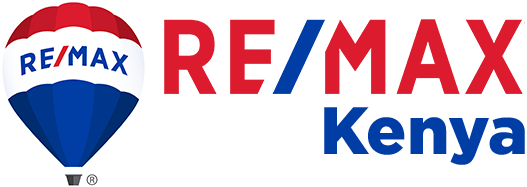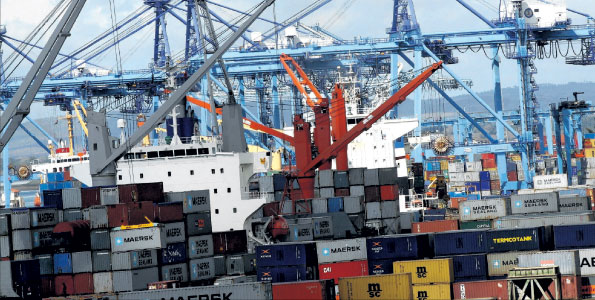Kenya, Uganda and Rwanda will from January jointly monitor cargo movement in real-time from the port of Mombasa bringing to an end dumping of goods in the Kenyan market and tax evasion.
This follows the award of a contract to a Malaysian firm, BSmart, to roll out the platform. The three countries will ride on the Electronic Cargo Tracking System (ECTS) as a single customs tool to curb theft and dumping of goods on the northern corridor (Mombasa-Kampala-Kigali highway).
The electronic platform, it is hoped, will seal loopholes for revenue losses to the taxman as a result of under-declaration of the value of exports by rogue traders.
The upgraded system was successfully pilot by the Uganda Revenue Authority (URA) and was initially meant to be implemented in June. Delay in negotiations, however, saw the start date pushed forward.
“On implementation, Kenya, Rwanda and Uganda will jointly attach electronic seals onto cargo at Mombasa.
The implication is that goods cannot disappear in anyone’s territory. We will have rapid response teams to intervene swiftly,” URA said in a statement on its website.
The tracking system comprises satellites, a monitoring centre and special electronic seals fitted on cargo containers and trucks, which give the precise location of goods in real time.
It triggers an alarm whenever there is diversion from the designated route, an unusually long stopover or when someone attempts to open a container.
The Kenya Revenue Authority (KRA) confirmed that the regional system established by Bsmart would be used by the three countries.
“The system is going live on December 30 this year. The KRA will not acquire another system. The upgraded URA ECTS will be extended to Mombasa as per the MOU between the KRA and URA,” the taxman said.
The KRA said a central command centre would be established in Nairobi and 13 rapid response stations established throughout the country to act on any incident.
The Ugandan system will also be integrated with the Rwanda Revenue Authority ECTS which was also developed by the Malaysian firm to give a single view of cargo and customs control to all the revenue authorities.
Each country previously had separate cargo tracking systems, presenting loopholes due to lack of seamless monitoring.
The seals used on the joint electronic platform funded by TradeMark East Africa will be offered as a free service to importers, exporters, clearing agents and transporters conveying goods on the Mombasa-Kampala-Kigali highway.
The KRA said that after the first three years of implementation “a decision will be made on the way forward” with regards to cost of the seals. Officials are betting on the project to slash the cost of transporting cargo and boost tax collections.
Seamless visibility
It is expected to accelerate clearance of cargo from the Kilindini port in Mombasa, minimise transit diversion and ensure seamless movement of goods.
“The new system’s key strength is that unlike presently, the three northern corridor countries, shall use one system and one platform, with seamless visibility from Mombasa to Kigali and eventually Juba,” the KRA Commissioner-General John Njiraini said during the signing of the MOU in February.
Kenya introduced its electronic cargo tracking system in July 2009 as it intensified its purge against dumping of transit goods in the local market.
–Business Daily
(109)
239109

